Designing a stage is a crucial aspect of event planning that can significantly impact the overall experience for both performers and audiences. Each type of event has unique requirements and characteristics, necessitating different design approaches. This comprehensive guide will explore how to design a stage tailored for concerts, theater productions, conferences, and corporate events.
1. Understanding the Event Types
Before diving into design specifics, it’s essential to understand the types of events you may encounter:
- Concerts: These require a focus on sound quality, visibility, and audience engagement.
- Theater Productions: Emphasis on storytelling, sightlines, and actor movement is key.
- Conferences: Focus on speaker visibility, audience interaction, and technology integration.
- Corporate Events: These often blend elements from various types, requiring versatility.
Each event type will influence stage design decisions.
2. Key Design Elements
2.1. Stage Size and Layout
The size and layout of the stage must align with the event’s requirements:
- Concerts: Larger stages are essential for accommodating bands, equipment, and lighting. Consider a thrust or in-the-round layout to engage the audience.
- Theater Productions: A proscenium stage is common, with considerations for wings and backstage space for actors and props.
- Conferences: A simple raised platform may suffice, but ensure it’s large enough for presentation materials and equipment.
- Corporate Events: Flexibility is important; modular stages that can be reconfigured may be beneficial.
Recommended For Read: Why Black Stage Curtains Are Essential for a Professional Stage Look
2.2. Sightlines
Ensuring excellent sightlines is crucial for audience engagement:
- Concerts: Positioning the stage at an angle can help maximize visibility, especially in larger venues.
- Theater: Consider rake (sloping) designs to enhance visibility for all audience members.
- Conferences: Ensure that all attendees can see the speaker and any visual aids, using tiered seating if necessary.
- Corporate Events: Keep the stage elevated to enhance visibility without obstructing lines of sight.
2.3. Lighting Design
Lighting plays a pivotal role in creating atmosphere and focus:
- Concerts: Use dynamic lighting, including moving lights and color washes, to enhance the musical experience.
- Theater: Focus on soft, diffused lighting for scenes, with spotlights for key moments or actors.
- Conferences: Ensure adequate lighting for visibility, with adjustable options for presentations.
- Corporate Events: Use professional lighting to highlight speakers and create a corporate atmosphere.
3. Technical Considerations
3.1. Audio Equipment
The sound system is a critical component of any stage design:
- Concerts: Invest in high-quality speakers, monitors, and microphones to ensure clear sound.
- Theater: Consider using directional microphones and soundboards to capture dialogue accurately.
- Conferences: Ensure the sound system is adaptable for various speakers and presentations.
- Corporate Events: Prioritize clarity and volume control to accommodate different formats.
3.2. Visual Aids and Technology
Integrating technology into stage design can enhance the overall experience:
- Concerts: Use LED screens for visuals and live feeds.
- Theater: Incorporate set design with multimedia elements to support storytelling.
- Conferences: Ensure projectors and screens are strategically placed for visibility.
- Corporate Events: Consider using interactive displays or teleprompters for speakers.
Recommended for Read: The Ultimate Guide to Portable Stage Heights: Finding the Perfect Elevation for Your Event
4. Audience Engagement
4.1. Interaction and Layout
Encouraging audience interaction can enhance their experience:
- Concerts: Consider standing room or general admission layouts to foster energy.
- Theater: Create opportunities for audience interaction, such as Q&A sessions after performances.
- Conferences: Facilitate networking with breakout areas close to the main stage.
- Corporate Events: Create a welcoming environment that encourages participation and dialogue.
4.2. Accessibility
Ensure that your stage design is inclusive:
- Concerts: Provide accessible viewing areas for individuals with disabilities.
- Theater: Ensure wheelchair access to both the stage and seating areas.
- Conferences and Corporate Events: Consider audio-visual aids for attendees who may require them.
5. Conclusion
Designing a stage for different types of events requires careful consideration of various factors, including size, layout, sightlines, lighting, audio, and audience engagement. By understanding the unique needs of each event type, you can create a stage that enhances the overall experience for both performers and attendees.
Whether you’re planning a concert, theater production, conference, or corporate event, following the guidelines in this complete guide will help you design an effective and engaging stage.
For more tips on Modular Staging UK for Village Halls for event planning and stage design, visit https://johngoldenberg.gitbook.io/modular-staging-uk-for-village-halls/
https://www.portablestage.co.uk/event-stage-layout-planning-uk/
https://www.ouzl.com/sheffield/events-planning-services/nexgen-staging-limited

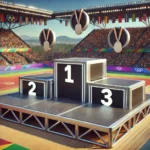
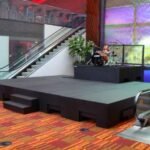


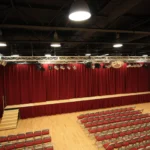



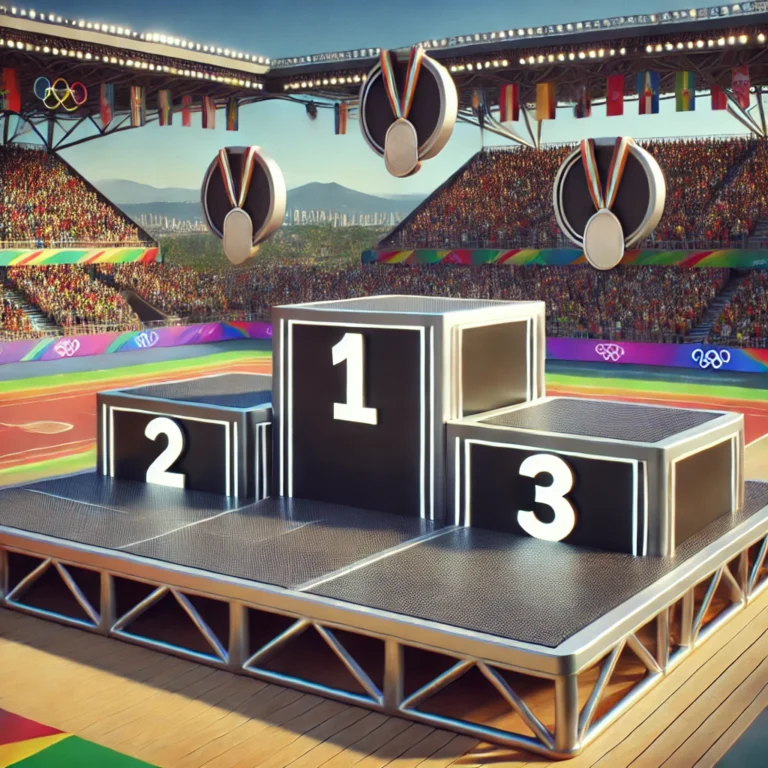

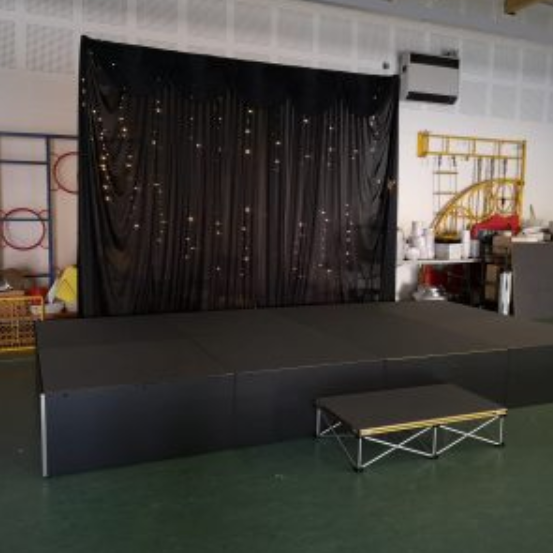


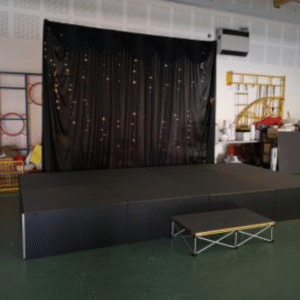
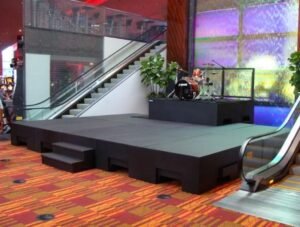


+ There are no comments
Add yours